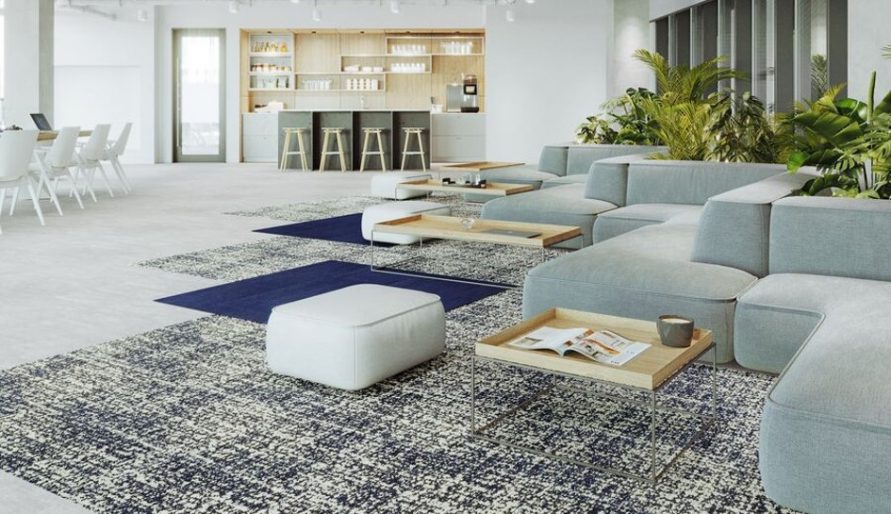A global survey has identified crucial sensory issues in office environments among neurodiverse employees in Canada, the U.S. and UK., with ideas on how to adapt and design workplaces for these individuals, many of whom are ‘out of the box’ thinkers.
Neurodiversity refers to variations in human neurocognitive functioning – the different ways we think, process information, and relate to others. One in seven people worldwide are estimated to have a neurodiverse condition such as ADHD, autism, dyspraxia, dyslexia and Tourette’s syndrome.
In the Sensory Processing, Neurodiversity and Workplace Design report, design firm HOK and flooring manufacturer Tarkett collected feedback from 202 neurodiverse individuals, with a focus on women and workers older than 30, two groups that have been largely underrepresented in other studies on neurodiversity.
“This latest study continues to show that, to allow all employees to thrive, office designs need to remain fluid and adaptable,” says Kay Sargent, director of workplace for HOK. “Employers can improve employee wellness and productivity by offering a wide range of choices, allowing people to continually select the best space for their individual needs and the task at hand.”
Differences between gender, age and neurological profile
The survey found several challenges these individuals face when it comes to workplaces. The majority of respondents (77 per cent) reported being hypersensitive to noise and sound in the workplace, while 62 per cent were hypersensitive to visual distractions, such as movement, colour, and light.
Neurodiverse women reported greater overall sensory sensitivity challenges in the workplace compared to men, particularly when it came to temperature and light (62 per cent and 59 per cent compared to 46 per cent and 44 per cent, respectively).
Tips for an inclusive workplace
Genius Within, an organization dedicated to helping neuro-minorities maximize their potential, provided advisory services as the team built on in-depth research and insights by HOK and the commercial interiors colour specification guide developed by Tarkett to help businesses design for inclusion.
Insights from the survey can help workplace designers and product manufacturers create spaces that are more supportive and inclusive for neurodiverse employees. Survey respondents specifically identified the following workplace strategy and design solutions employers could consider:
- Offer training and education about neurodiversity to all staff.
- Offer all employees (neurodiverse and neurotypical) a variety of workplace choices, from open office environments to private, to address various sensory stimulations.
- Provide spaces that support and encourage physical movement and access to natural light.
- Create flexible work policies that give people autonomy over their schedule and work environment, including work-from-home opportunities when feasible.
While the pandemic has normalized hybrid work and encouraged a wider conversation around employee wellbeing, the HOK/Tarkett survey suggests opportunities still exist for organizations to do more.
“Neurodiverse employees bring valuable diversity of thought and competitive advantage to their organizations,” said Leslie Thompson, director of workplace for Tarkett North America. “Optimizing the work environment to support each individual isn’t just the right thing to do for our people; it’s simply good business.”








